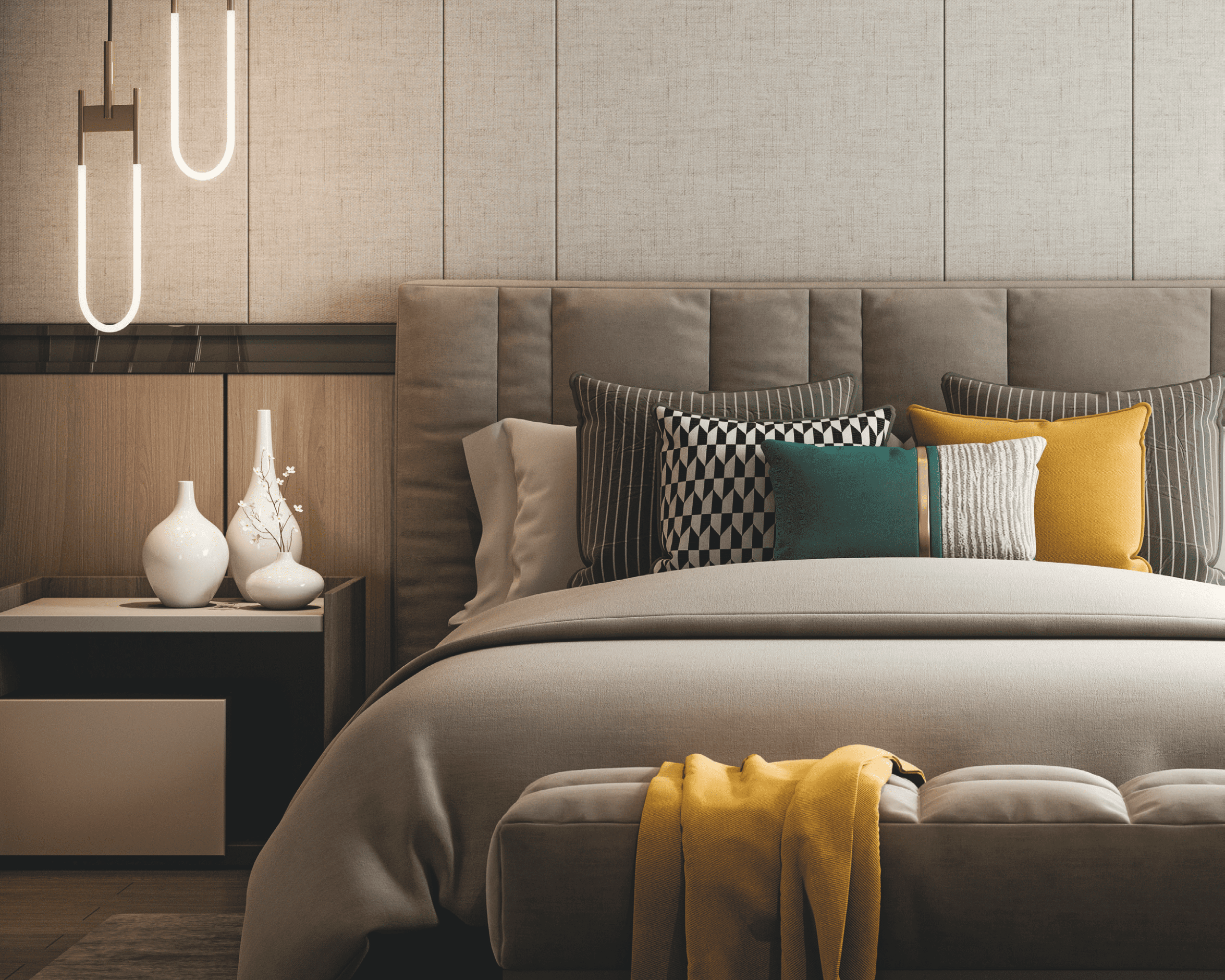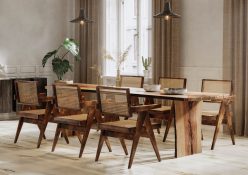Sleep is so important, but isn’t always easy to get. We get some expert insight and advice from sleep scientist Dr Dale Rae on how to set up optimal snoozing.
Every person has their own “sleep story” – what they think it means to have a good night’s sleep and which factors impact their night, explains sleep scientist Dr Dale Rae, the director of sleep consultancy Sleep Science.
What fascinates her is that this impacts the lives of every person on the planet – and scientific research can make a difference to everyone’s quality of rest. We asked her about how our bedrooms – and the rest of our homes – impact our sense of comfort and quality of sleep.
Where is the best and worst place you’ve had to fall asleep?
My best place is a tiny home we have in the mountains near Hermanus, nothing very fancy. It’s away from everything and is our family’s happy place: there is very little technology, the nights are dark and quiet, and the stars are amazing. You’re able to just disconnect. My worst place is an airport or aeroplane. I can’t sleep sitting up. If you want to make me grumpy, tell me to sleep there!
Which bedroom basics impact sleep the most?
There’s a lot of talk about mattresses and bedding, but some people can sleep on a wooden plank and have a perfectly good night’s rest – it’s all about what makes you comfortable. It’s important to feel safe and cosy in a space and to have the correct temperature and ventilation. As the temperature drops during the beginning of the evening, your brain is prompted to send signals to the rest of the body to get ready for sleep. We’re designed to become sleepier as our temperature goes down. If you’re too hot, your body tries to shed the excess heat so your brain is alerted to stay awake rather than drifting off to sleep.
Ask any person what it’s like to sleep in an uncomfortable temperature – the humidity alone can be very disruptive. At the end of the day, you don’t need a “perfect” or an expensive bedroom to have a good night’s sleep – what matters the most is that you’re comfortable in the space that you’re in.
@healthyhomebydesign If you can’t move your bed. Here are some solutions. #fengshui #fengshuitips #spiritualtiktok #spiritual #spiritualawakening #loveandlight #momsoftiktok #divinationtiktok #pendulum #foryou #divinationtools #dowsing #viral #healthyhomebydesign #terricumming ♬ original sound – Terri Cumming•Holistic Design
What influence does bedroom lighting have?
Bright tones and rich blue light, such as cool white LEDs, suppress the body’s secretion of melatonin – the hormone you are meant to secrete during evenings to signal the body it’s time to sleep. If you are fortunate enough to be able to choose the source of lighting in your bedroom, definitely consider the installation of warm white light. Dimmable light is obviously very, very helpful, but most of us don’t have these at home. Candle-type light also increases melatonin, so that it’s naturally secreted after the sun goes down and you organically receive the sleep signal sent throughout your body.
What about colour?
The truth is, once you switch the lights off and close your eyes, you won’t see it, so go ahead with bold colours – it won’t be as stimulating as you think. If you enter a space that you find soothing and it’s a place that you want to spend time in during the evening because the colours resonate with you – well then, that’s superb. What that is doing, like anything else, is having an impact on your mind by associating a beautiful-looking space with an activity you enjoy doing.
@sleepisthefoundation Replying to @presspress071 Did You Know This Color Can Help You Sleep? 😳👀 #sleepisthefoundation #sleep #sleeptips #tips #sleephack #sleepposition #fypシ #fyp ♬ original sound – SleepIsTheFoundation
Should we be arranging our bedrooms in a certain way?
Once again, it’s up to personal taste. Popular advice is to declutter your room, and that will work if clutter does irritate you. It’s all about creating positive associations between the space and sleep. That’s the golden rule for people who struggle with resting and have the privilege of a stand-alone bedroom. If you are fortunate enough to have a separate space for both sleeping and working, then dividing these spaces is really important so the psychological lines and associations don’t become blurred. Of course, you could be doing this and sleeping just fine, but when we have someone struggling with sleep then this is one of the basic practices we advise them to implement. For example, working in the dining room would be a better preference to working in the bedroom if you’ve got enough space to do that. Otherwise, you start to associate your bedroom with work and stress.
Should technology be allowed in the bedroom?
It’s a good idea to keep it out if you can. Firstly, technology keeps you connected when you should ideally be disconnecting in order to wind down for the night. By having your phone in your room, I can guarantee you it’s the last thing most people look at before calling it a night and the first thing they look at in the morning. Secondly, it will reduce the blue light that your eyes are receiving.
What can we do to the rest of the home to make it more conducive to sleep?
It comes down to having a place to chill at the end of the day, wherever that is in the home. It’s important to have a spot you can retreat to because I think people are constantly either working, being social or interacting online. There’s just so many demands on your time and you have to be able to withdraw to somewhere.
What have you done to your own home to improve sleep?
My husband and I have no electronics in our bedroom – I read a book and he enjoys a good magazine. Otherwise, there’s just a bed for the dog on the floor and the kids are in their own space, making ours a space that we are content with. One of my favourite things is the mattress, which is designed for people of different weights to sleep in peace and move without disturbing the other. It might sound silly, but it’s actually perfect!
Words by: Christi Nortier
Photos: Getty/Gallo Images







